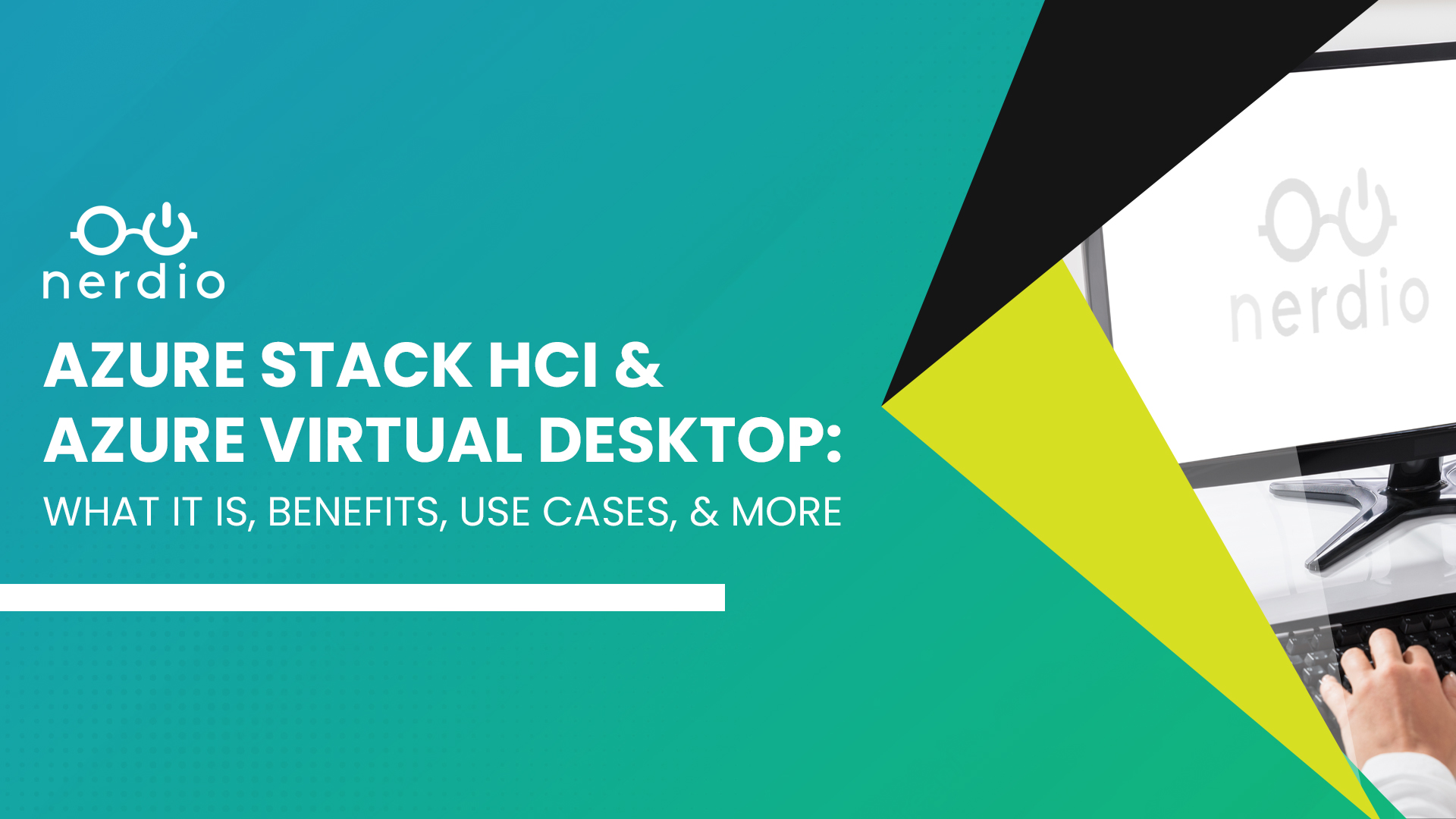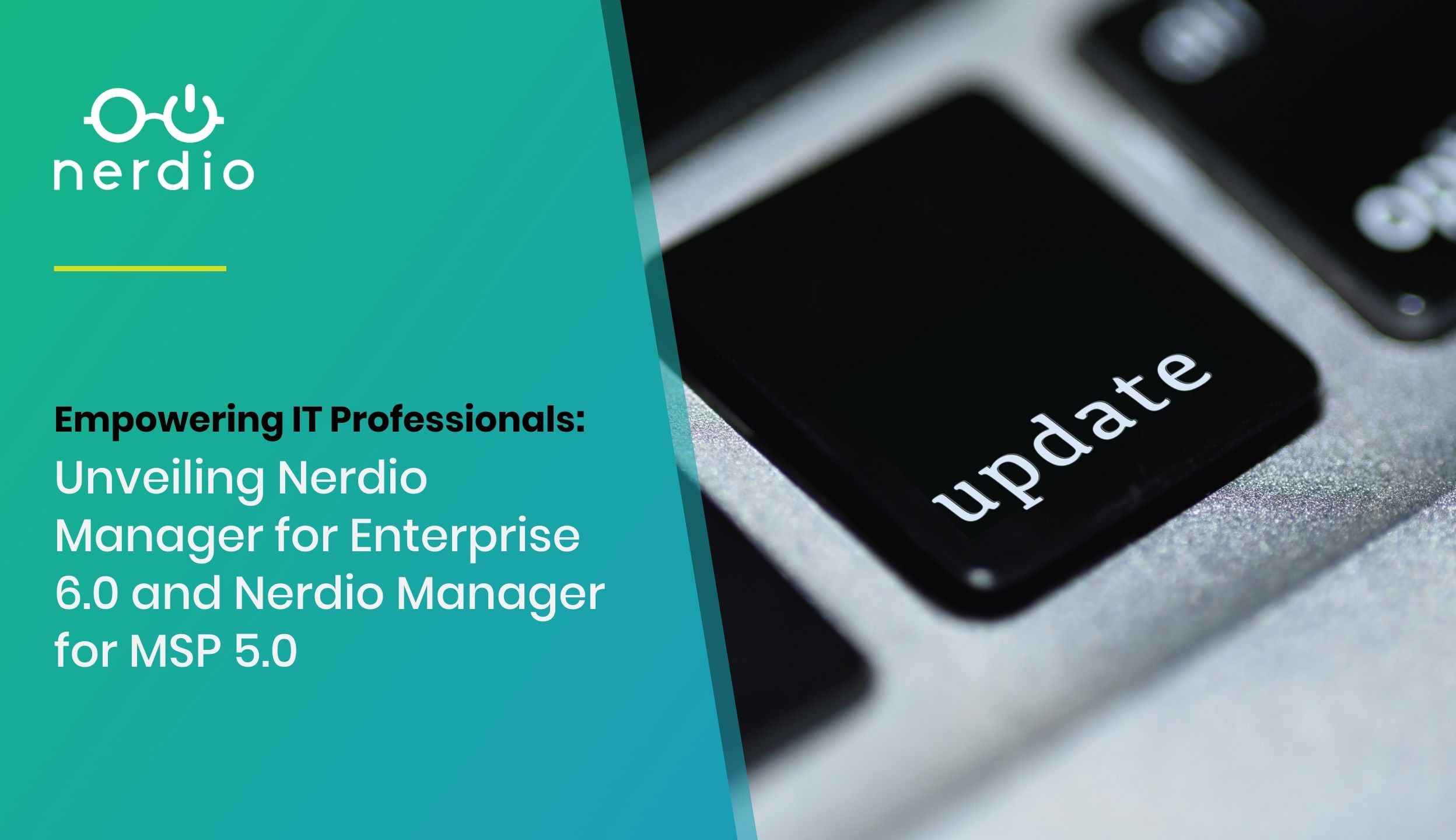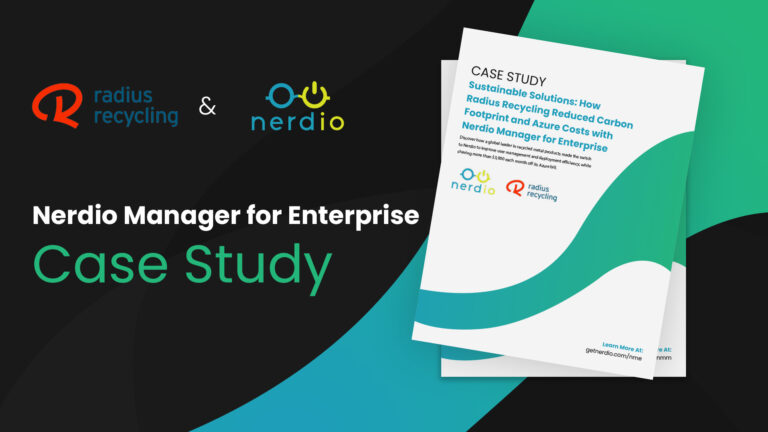By: Lane Smith, CEO, Digital Maturity Advisors
Do you find yourself offering free consulting services to your customers? I’m talking about actions such as scoping out the project, maybe even doing some technical design architecture, working with third party vendors, and really trying to understand the customer’s business needs well before you ever give them a proposal for the technology solution that they want to implement.
If so, you really are like most MSPs who are facing the challenge that technology has become increasingly complicated over the past few years, yet the relationship between the customer and the IT provider hasn’t really changed. During the sales cycle, customers expect you to provide these services for free to ‘earn’ their business. Quite honestly most MSPs don’t know how to ask to get paid for this and don’t have time to debate the “why”.
The problem really boils down to that by doing all of the design and scope work upfront, you are pulling a lot of your engineering resources and engineers’ time away from billable services. Additionally, in the back and forth of bringing on a new customer and progressively understanding their environment better, it’s common to end up with scope creep. Where, once again, you’ll find yourself delivering services for free because it’s hard to go back to the customer and tell them you missed something and need more time or money.
What is even worse, of course, is if you don’t win the deal at all. In this instance not only have you wasted all this engineering time, which results in less billable hours, but you have also spent valuable sales time which takes away from closing other opportunities.
So, the harsh reality is that by giving away services for free, your MSP now has less resources to support new sales efforts, you are not getting the proper billable utilization out of your technical teams, and across the board you are lacking the time and resources you need to grow your business.
Let’s look at six steps to take in solving this problem:
1. Make It Clear You Don’t Give Away Services for Free
Yes, I know, easier said than done, so let me give you an example of how to approach this. Next time a customer or prospect asks you for a technology proposal here is an example of what you can tell them.
“Great, we are excited to help you with this project and I know in the past that we, and our competitors for that matter, have always just presented you with a proposal on request. However, as technology has gotten more complex, we need to step back and really understand the business drivers that are encouraging you to make this move. This involves speaking with your employees, understanding their challenges, uncovering what tasks they are doing that will leverage this technology. Ultimately, we want to gain a clear understanding of your goals for this project so that we can ensure we deliver you the proper ROI and outcomes.
2. Focus On the Business First, Then the Technology
I am sure you have heard the phrase people, process and technology. MSPs tend to focus their time on the technology phase from a billable perspective and give away for free any work they do for the customer regarding the people and process phases of an implementation. By focusing first on the business (the people and process phases) you immediately elevate yourself above your competitors and more importantly can help your customers make the right technology decisions.
3. Always Kickoff the Project with the Key Stakeholders
You want the person that pays the bills in your first meeting and you want all their influencers in that meeting as well. This is when you’ll uncover the outcomes that they desire, what they really want to get out of this project, and any perceived roadblocks or things to watch out for. Take your time. Make it a 60-minute meeting, or even make it two or three 60-minute meetings if needed. Many times, you are going find that when you get in there, they don’t really know exactly why they want to implement the solution they just know they want to do something new and something different as they are trying to grow their business.
4. Have Another Discovery Meeting with as Many End Users as Possible.
For example, if you are going to be implementing Azure Virtual Desktop, try and meet with at least 5-6 people that will be using the solution. Someone from accounting, HR, sales, operations, marketing, etc. Meet with as many people as you can so that you can truly understand the expectations of everyone involved. You want to get as many points of view and perspectives as possible. You will find that these employees will give you insights into their challenges that the executive team doesn’t even know exists.
5. Deliver a Discovery Document
This document will include a clear vision, timeline, list of required resources, goals, ROI expectations and ultimately a detailed scope of work and proposal for the technology implementation project.
6. Charge Them for The Services You’ve Provided
We refer to the above five steps as a Dx Discovery Workshop (Dx – Digital Transformation). Based on the size and scope of the project our Certified Advisors are charging from $2,500 to $7,500 for this effort. Remember this is money normally left on the table.
By following these six tips you are no longer giving away free consulting services. This results in higher bill rates and billable utilization, more time for your sales team to focus on the right customers. Not to mention, you have shown your customer you actually care about their business and are not just looking to make quick money from their technology needs. Additionally, you have a clear plan so when you do implement the technology project there is less opportunity for scope creep and ultimately, you’re going to deliver higher value, and higher ROI to that customer.
What I have covered here today is just one component of implementing Digital Transformation services for your customers. At Digital Maturity Advisors, we offer the framework and blueprints, provide the applications needed and have a complete training and certification program designed to help MSPs learn, implement, deliver on these services. Connect with me on LinkedIn or download our eBook 5 Disciplines of a Future-Proof MSP for MSP business advice.











